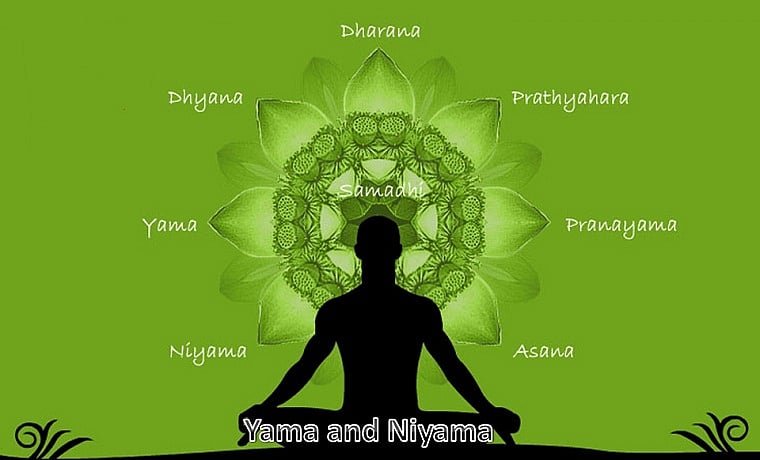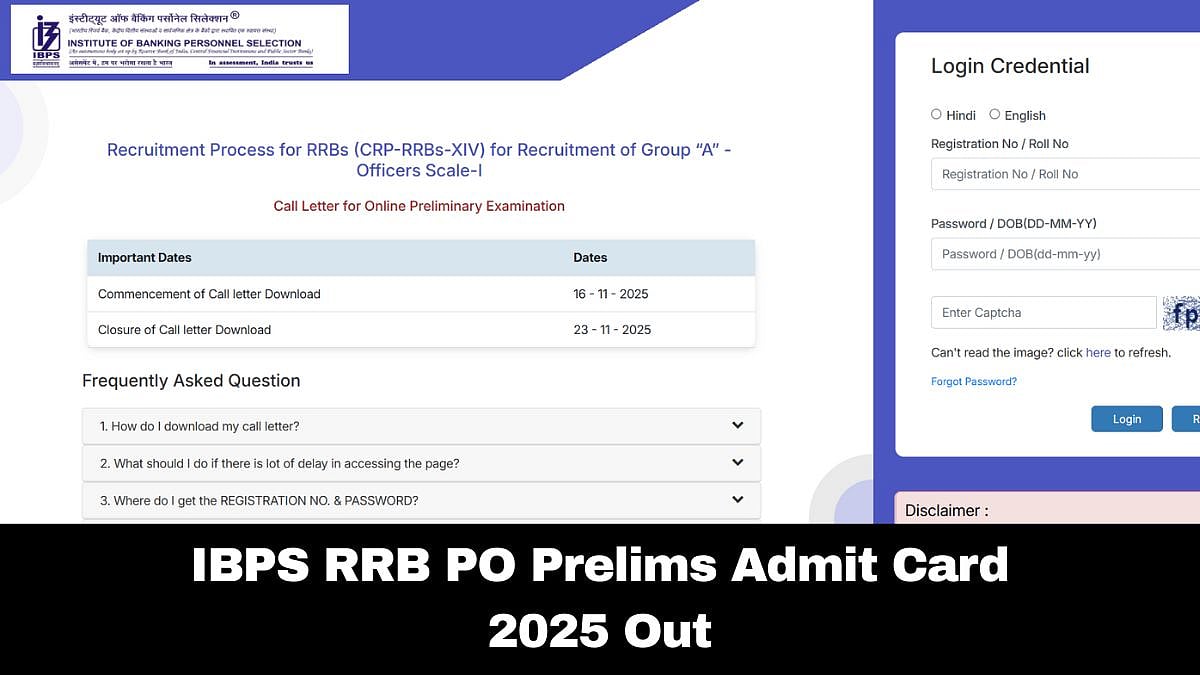Yoga marga, or the Yogic path, is meant for the individual’s evolution. Mention of yogic dimensions have existed since Vedic times. The one who organized these contents as sutras (pithy principles) was Patanjali. He gave definite steps for the proper progression in the form of the eight-fold method called ashtanga marga. There is an order among the defined eight dimensions, and the ultimate objective of oneness is achieved through samadhi. The starting two steps are Yama and Niyama, illustrating “don’t” and “to do” respectively. The idea behind this eight-step process of personal upliftment is that the first one gets into the groove of “right” living, gains command over the body and breathing, avoids outward distractions, and starts turning attention towards the divine. Then one meditates on the brahman and finally achieves the union through gaining the feeling of oneness.
The eight-fold path or method begins with Yama and Niyama, each of which is of broadly agreed five dimensions. As stated here, the Yama denotes the “don’t do” list. To attain the balance first and progress next in any eco-system, one must first avoid negative things and then practice desirable conduct. An example from the mundane world is if one aims to store water, first arrest the leakages of the tank and then start filling water. A similar example from global objectives of Sustainable Development Goals (SDGs) can be, stopping deforestation first and then re-greening degraded forests. Thus, we need both “don’t do” and “to do” task lists.
One is expected to abstain from the non-truth (asatya) first as part of achieving Yamas. Secondly, one must avoid violence (himsa)- hurting or damaging others’ interests. The violence can be either physical or psychological. The third of the expectations is asteya which is non-stealing.
The next is avoiding indulgence and living in moderation through brahmacharya. Aparigraha is the fifth of the Yamas which means non-acceptance of things from others. The first three are: when it comes to “to do” or a mandatory “to have” list of Niyamas, basic hygiene, happiness, and rigour. These are shoucha, santosha and tapasya. Next, a seeker should spend time and effort on uplifting self-study (swadhyaya). In the end, one has to surrender to the divine will, which is Eeshwara pranidhana. Along these lines, it is said by the wise that shad-bhaagam manushya yatnam, saptamam daiva chintanam (six of seven parts when attempted sincerely, the seventh must be left to the will of the divine). With Yama and Niyama practiced well, the seeker is on the right track with necessary building blocks. The journey has well begun!
(Dr S. Ainavolu is a Professor at VPSM Navi Mumbai. Experiences and views are personal. The full version of the article can be had at https://www.ainavolu.in/yama-and-niyama)












